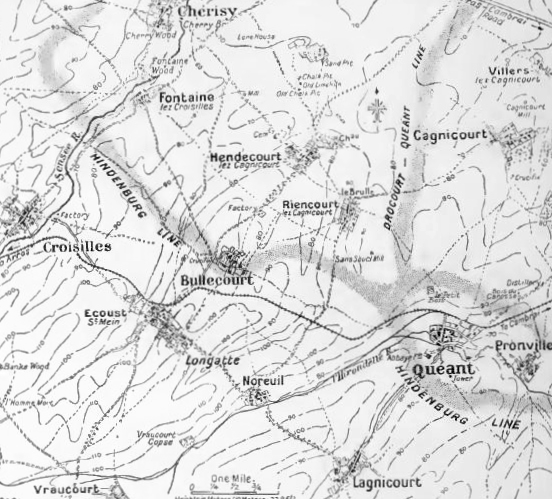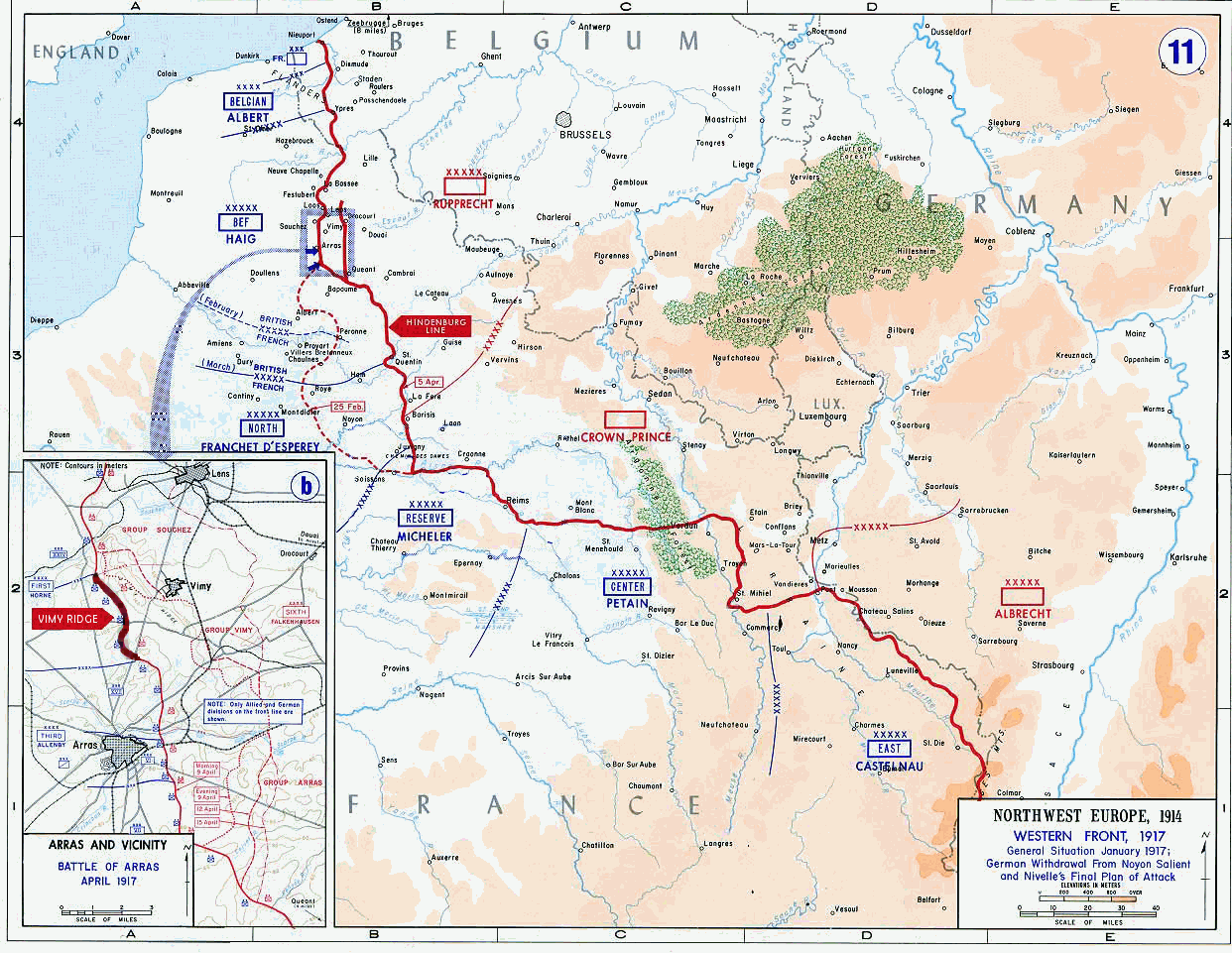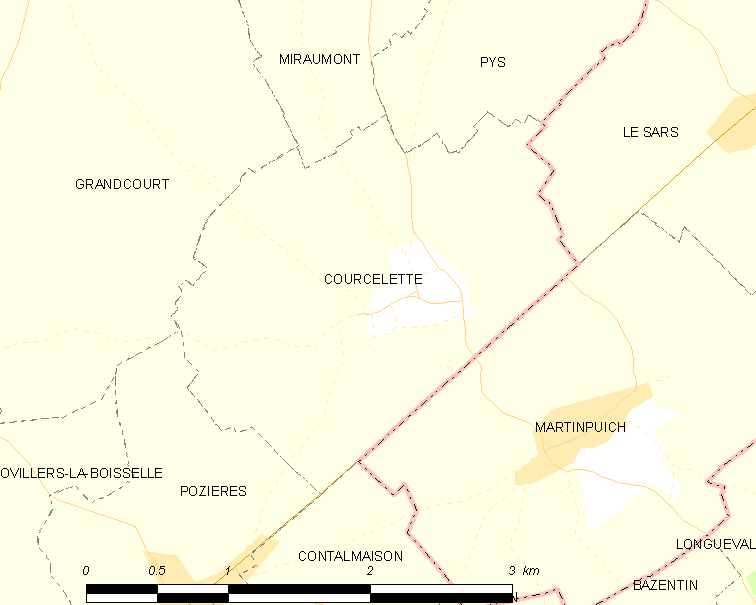|
The North Alberta Regiment
The North Alberta Regiment was an infantry regiment of the Non-Permanent Active Militia of the Canadian Militia (now the Canadian Army). In 1936, the regiment was disbanded as a result of a country-wide reorganization of the Canadian Militia. Lineage The North Alberta Regiment * Originated on 1 April 1910, in Calgary, Alberta, as the ''103rd Regiment (Calgary Rifles)''. * Reorganized on 15 March 1920, as two separate regiments: ''The Calgary Regiment'' (now The King's Own Calgary Regiment (RCAC) and The Calgary Highlanders) and ''The Alberta Regiment''. * Reorganized on 15 May 1924, into two separate regiments: ''The South Alberta Regiment'' and ''The North Alberta Regiment''. * Disbanded on 1 February 1936. Perpetuations Great War * 31st Battalion (Alberta), CEF * 151st (Central Alberta) Battalion, CEF * 191st (Southern Alberta) Battalion, CEF * 192nd (Crow's Nest Pass) Battalion, CEF After the reorganization of The Alberta Regiment in 1924, the perpetuation of the ... [...More Info...] [...Related Items...] OR: [Wikipedia] [Google] [Baidu] |
Camrose, Alberta
Camrose ( ) is a city in central Alberta, Canada that is surrounded by Camrose County. Located along Highway 13 it had its beginnings as a railroad hub. History The area around Camrose was first settled by Europeans around 1900. At that time the nearby settlement of Wetaskiwin was a major centre for pioneers; typically, it was the last stopping-off point before they set out in search of nearby land. The site that was to be Camrose was about a day's journey from Wetaskiwin along the railroad, which made it a popular place on the route of pioneers. Soon businessmen and other settlers arrived to stay. The settlers came primarily from Scandinavian countries, such as Norway and Sweden, and many settlers also came from the United States. At that time the settlement was known as the hamlet of Stoney Creek. In 1904, Stoney Creek began receiving mail service, its first businesses began to open, and its first Royal Canadian Mounted Police (RCMP) officer (Constable "Blue" Smith) arrived. ... [...More Info...] [...Related Items...] OR: [Wikipedia] [Google] [Baidu] |
Scarpe 1917
The Battle of Arras (also known as the Second Battle of Arras) was a British offensive on the Western Front during the First World War. From 9 April to 16 May 1917, British troops attacked German defences near the French city of Arras on the Western Front. The British achieved the longest advance since trench warfare had begun, surpassing the record set by the French Sixth Army on 1 July 1916. The British advance slowed in the next few days and the German defence recovered. The battle became a costly stalemate for both sides and by the end of the battle, the British Third Army and the First Army had suffered about 160,000 casualties and the German 6th Army about 125,000. For much of the war, the opposing armies on the Western Front were at stalemate, with a continuous line of trenches from the Belgian coast to the Swiss border. The Allied objective from early 1915 was to break through the German defences into the open ground beyond and engage the numerically inferior Ge ... [...More Info...] [...Related Items...] OR: [Wikipedia] [Google] [Baidu] |
Battle Of Arleux
The Battle of Arras (also known as the Second Battle of Arras) was a British offensive on the Western Front during the First World War. From 9 April to 16 May 1917, British troops attacked German defences near the French city of Arras on the Western Front. The British achieved the longest advance since trench warfare had begun, surpassing the record set by the French Sixth Army on 1 July 1916. The British advance slowed in the next few days and the German defence recovered. The battle became a costly stalemate for both sides and by the end of the battle, the British Third Army and the First Army had suffered about 160,000 casualties and the German 6th Army about 125,000. For much of the war, the opposing armies on the Western Front were at stalemate, with a continuous line of trenches from the Belgian coast to the Swiss border. The Allied objective from early 1915 was to break through the German defences into the open ground beyond and engage the numerically inferior Germa ... [...More Info...] [...Related Items...] OR: [Wikipedia] [Google] [Baidu] |
Vimy, 1917
The Battle of Vimy Ridge was part of the Battle of Arras, in the Pas-de-Calais department of France, during the First World War. The main combatants were the four divisions of the Canadian Corps in the First Army, against three divisions of the German 6th Army. The battle took place from 9 to 12 April 1917 at the beginning of the Battle of Arras, the first attack of the Nivelle Offensive, which was intended to attract German reserves from the French, before the French attempt at a decisive offensive on the Aisne and the Chemin des Dames ridge further south, several days later. The Canadian Corps were to capture the German-held high ground of Vimy Ridge, an escarpment on the northern flank of the Arras front. This would protect the First Army and the Third Army farther south from German enfilade fire. Supported by a creeping barrage, the Canadian Corps captured most of the ridge during the first day. The village of Thélus fell during the second day, as did the crest of the ... [...More Info...] [...Related Items...] OR: [Wikipedia] [Google] [Baidu] |
Arras, 1918
Arras 1918 was a battle honour awarded to units of the British and Imperial Armies that took part in one or more of the following engagements in World War I: * First Battle of Arras (28 March 1918) *Second Battle of Arras The Battle of Arras (also known as the Second Battle of Arras) was a British Empire, British offensive on the Western Front (World War I), Western Front during the First World War. From 9 April to 16 May 1917, British troops attacked German Empi ... (26 August – 3 September 1918) References {{Reflist, refs= T.F. MillFrance and Flanders(archive of Regiments.org page) Battle honours of the British Army Battle honours of the King's Royal Rifle Corps ... [...More Info...] [...Related Items...] OR: [Wikipedia] [Google] [Baidu] |
Arras 1917
Arras ( , ; pcd, Aro; historical nl, Atrecht ) is the prefecture of the Pas-de-Calais department, which forms part of the region of Hauts-de-France; before the reorganization of 2014 it was in Nord-Pas-de-Calais. The historic centre of the Artois region, with a Baroque town square, Arras is in Northern France at the confluence of the rivers Scarpe and Crinchon. The Arras plain is on a large chalk plateau bordered on the north by the Marqueffles fault, on the southwest by the Artois and Ternois hills, and on the south by the slopes of Beaufort-Blavincourt. On the east it is connected to the Scarpe valley. Established during the Iron Age by the Gauls, the town of Arras was first known as ''Nemetocenna'', which is believed to have originated from the Celtic word '' nemeton'', meaning 'sacred space.' Saint Vedast (or St. Vaast) was the first Catholic bishop in the year 499 and tried to eliminate paganism among the Franks. By 843, Arras was seat of the County of Artois ... [...More Info...] [...Related Items...] OR: [Wikipedia] [Google] [Baidu] |
Battle Of Ancre Heights
The Battle of the Ancre Heights (1 October – 11 November 1916), is the name given to the continuation of British attacks after the Battle of Thiepval Ridge from during the Battle of the Somme. The battle was conducted by the Reserve Army (renamed Fifth Army on 29 October) from Courcelette near the Albert–Bapaume road, west to Thiepval on Bazentin Ridge. British possession of the heights would deprive the German 1st Army of observation towards Albert to the south-west and give the British observation north over the Ancre valley to the German positions around Beaumont-Hamel, Serre and Beaucourt. The Reserve Army conducted large attacks on and from Many smaller attacks were made in the intervening periods, amid interruptions caused by frequent heavy rain, which turned the ground and roads into rivers of mud and grounded aircraft. German forces in footholds on the ridge, at the east end of (Regina Trench) and in the remaining parts of (Schwaben Redoubt) to the north and ... [...More Info...] [...Related Items...] OR: [Wikipedia] [Google] [Baidu] |
Battle Of Thiepval
The Battle of Thiepval Ridge was the first large offensive of the Reserve Army (Lieutenant General Hubert Gough), during the Battle of the Somme on the Western Front during the First World War. The attack was intended to benefit from the Fourth Army attack in the Battle of Morval, by starting afterwards. The battle was fought on a front from Courcelette in the east, near the Albert–Bapaume road, to Thiepval and the Schwaben Redoubt () in the west, which overlooked the German defences further north in the Ancre valley, the rising ground towards Beaumont-Hamel and Serre beyond. Thiepval Ridge was well fortified and the German defenders fought with great determination, while the British co-ordination of infantry and artillery declined after the first day, due to the confused nature of the fighting in the mazes of trenches, dugouts and shell-craters. The final British objectives were not reached until a reorganisation of the Reserve Army and the Battle of the Ancre Heights (1 ... [...More Info...] [...Related Items...] OR: [Wikipedia] [Google] [Baidu] |
Battle Of Flers–Courcelette
The Battle of Flers–Courcelette (, 15 to 22 September 1916) was fought during the Battle of the Somme in France, by the French Sixth Army and the British Fourth Army and Reserve Army, against the German 1st Army, during the First World War. The Anglo-French attack of 15 September began the third period of the Battle of the Somme but by its conclusion on 22 September, the strategic objective of a decisive victory had not been achieved. The infliction of many casualties on the German front divisions and the capture of the villages of Courcelette, Martinpuich and Flers had been a considerable tactical victory. The German defensive success on the British right flank made exploitation and the use of cavalry impossible. Tanks were used in battle for the first time; the Canadian Corps and the New Zealand Division fought their first engagements on the Somme. On 16 September, , a specialist fighter squadron, began operations with five new Albatros D.I fighters, which had a performa ... [...More Info...] [...Related Items...] OR: [Wikipedia] [Google] [Baidu] |
Somme, 1918
Somme 1918 was a battle honour awarded to units of the British and Imperial Armies that took part in one or more of the following engagements in the Great War:T.F. MillFrance and Flanders(archive of Regiments.org page) *First Battle of the Somme (1918), 21 March – 5 April 1918 *Second Battle of the Somme (1918), 21 August – 5 September 1918 These should not be confused with the Battle of the Somme The Battle of the Somme ( French: Bataille de la Somme), also known as the Somme offensive, was a battle of the First World War fought by the armies of the British Empire and French Third Republic against the German Empire. It took place bet ... of 1916. References {{reflist Battle honours of the British Army ... [...More Info...] [...Related Items...] OR: [Wikipedia] [Google] [Baidu] |
Somme, 1916
The Battle of the Somme ( French: Bataille de la Somme), also known as the Somme offensive, was a battle of the First World War fought by the armies of the British Empire and French Third Republic against the German Empire. It took place between 1 July and 18 November 1916 on both sides of the upper reaches of the Somme, a river in France. The battle was intended to hasten a victory for the Allies. More than three million men fought in the battle of whom one million were wounded or killed, making it one of the deadliest battles in human history. The French and British had committed themselves to an offensive on the Somme during the Chantilly Conference in December 1915. The Allies agreed upon a strategy of combined offensives against the Central Powers in 1916 by the French, Russian, British and Italian armies, with the Somme offensive as the Franco-British contribution. Initial plans called for the French army to undertake the main part of the Somme offensive, supported on ... [...More Info...] [...Related Items...] OR: [Wikipedia] [Google] [Baidu] |







